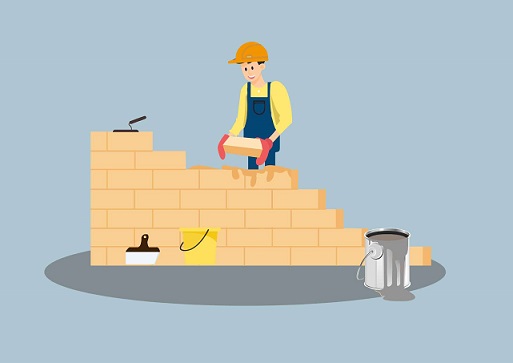 (资料图片仅供参考)
(资料图片仅供参考)
Image source: China Visual
BEIJING, August 2 (TMTPOST) -- Pony.ai, a Chinese domestic self-driving unicorn start-up, is ready to provide service on Cao Cao Travel Beijing, a car-hailing platform, and will align with travel platforms to explore commercial operations, the company announced Tuesday.
Starting from Wednesday, users in Beijing can book Robotaxi service provided by Pony.ai through the "Autonomous Driving" portal on the home page of Cao Cao Travel App and miniprogram. Before placing an order, passengers need to choose the number of passengers, the points of departure and destination, and the riding and paying is no different from that of ordinary online taxi service. The service will cover a 60-square-kilometers core area of Yizhuang, the Beijing economic and technological development area, with 250 self-driving pick-up and drop-off stations.
According to Peng Jun, co-founder and CEO of Pony.ai, Robotaxi is one of the important application for autonomous driving technology, and cooperation with travel platforms will promote further popularity of this technology.
Currently, Pony.ai’s Robotaxi is available in four cities in China, including Beijing, Shanghai, Guangzhou and Shenzhen, with paid service in Beijing and Guangzhou.
Since last year, several autonomous driving startups and travel platforms have cooperated to explore the commercialization of Robotaxi. In November 2021, autonomous driving company WeRide formed strategic cooperation with Guangzhou Automobile Group Co., Ltd. (GAC group) and its travel platform Ruqi Mobility, with GAC Group providing the platform and vehicle development, WeRide providing the autonomous driving service, and Ruqi Mobility providing the travel platform, in order to jointly promote robotaxi.
Although robotaxi has officially entered the operation stage, it is far from realizing the full commercial value. It is mainly because that technically unmanned cars still have to solve the problem of access efficiency, and the permit is only for small-scale pilot programs and there are not a large fleet of Robotaxis. Furthermore, the higher cost of unmanned cars and the cost of safety officers make Robotaxi less competitive in terms of prices.
Many market observe predict that it may take five to ten years for Robotaxi to be put in large-scale commercial operation.





































































